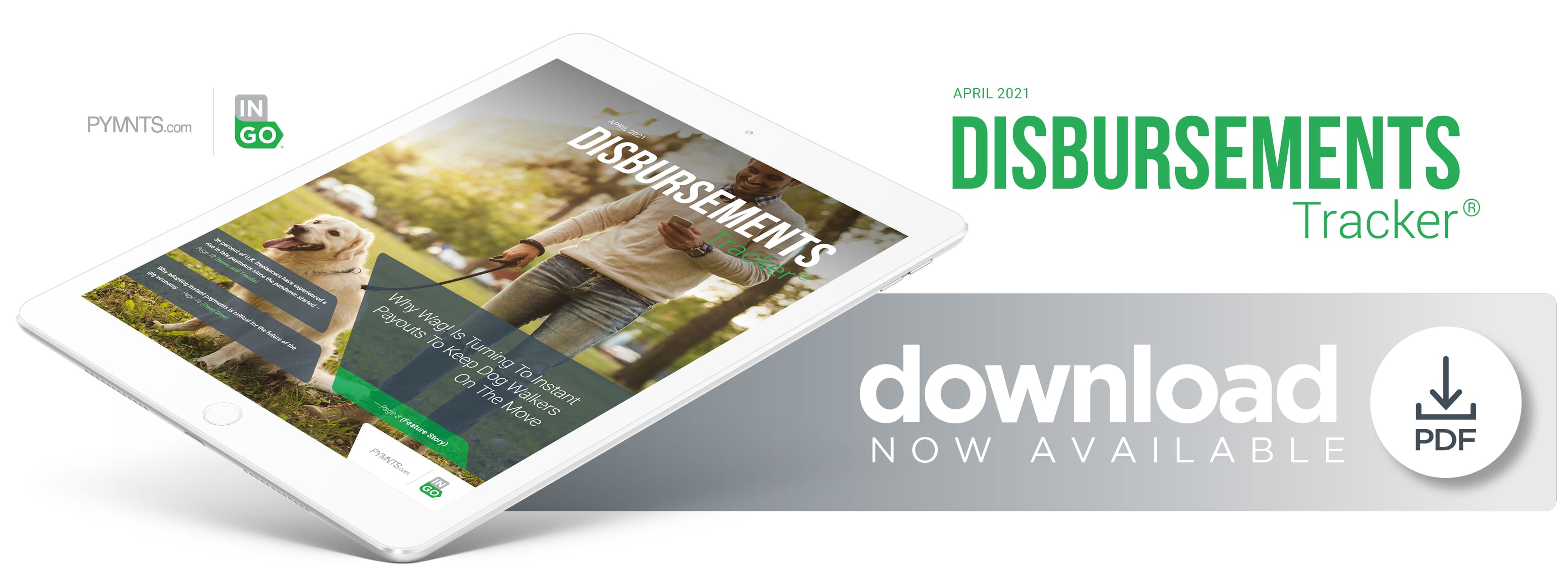Pet adoptions boomed throughout 2020 as consumers sought companions to keep them company in quarantine. One study found a 12 percent increase in the number of animals rescued from shelters year over year. This means more pet owners are seeking out the services they need to care for their new furry friends, likely tapping digital channels to find that care.
This surge in pet adoption has created more opportunities for providers of those services, many of them gig workers — yet it is more crucial than ever that these individuals can get paid for these jobs swiftly and seamlessly, said David Cane, vice president of customer success, trust and safety for dog walking and pet care platform Wag!, in a recent PYMNTS interview.
“We offer instant pay, which can help to alleviate some of the day-to-day financial hurdles that have become more prominent in the last year,” Cane said. “So independent contractors do not have to wait until payday to buy bread and milk. They can basically use their mobile phones to cash out at the end of every day and get those funds again, more readily available as needed, and I think that is what everyone wants.”
Meeting that demand for convenience via mobile and instant disbursements is likely to become essential to platforms like Wag! as the gig economy grows. Providing instant disbursements through the mobile channel may also offer these platforms a competitive edge for the attention of freelancers seeking work.
Meeting Disbursement Demands
Wag! dog walkers and pet caregivers may be seeing increased interest in their services from new pet owners — many of them first-time owners, Cane said — but the gig economy has not escaped the pandemic unscathed. Being paid swiftly is vital to the workers participating on these platforms, as the pandemic’s economic impacts are lingering for many.
“It is no secret to anyone that in almost every household, finances have been impacted by the pandemic in multiple ways,” Cane said. “[Gig workers are] no exception. … I think one of the primary factors leading to gig work is the flexibility in how and when they work, and so it also makes sense that gig workers expect flexibility in how and when they are paid. But it is just a little more pertinent to them now.”
Wag! offers workers the ability to get paid electronically on a weekly basis by linking their Wag! accounts to their bank accounts or debit cards — or by selecting the instant payment feature, which has experienced a bump in adoption since the start of the pandemic. Fifteen percent of payments on the platform are now made with this tool, a percentage the company expects will expand through the remainder of the year, Cane said. The need to extend the same instant, seamless payments experienced by pet owners — who can both pay and tip workers via the app — to the receiving gig workers is only becoming more crucial as the gig space heats up. This trend will hold as more ad hoc workers come to rely on freelancing or gig work as their primary source of income, a development that is placing more pressure on gig platforms to send out both disbursements and accompanying financial data, such as tax documents, with speed and simplicity.
“I think more and more, third-party contractors are joining or signing up and onboarding to platforms similar to Wag!, and when you do that, you have a lot more transactions being processed in a day,” he said. “So accuracy becomes extremely important. Getting 50,000 pet caregivers paid out at the end of the day is one thing, but getting 50,000 pet caregivers their itemized 1099s on Jan. 1 is another thing, and so we have to have payment processing and accounting systems that are versatile and also accurate and reliable and quick.”
Gig workers’ increasing preference for swift digital disbursements could also come to play a profound role in how payments are handled in the future — for both gig economy and full-time workers.
How the Gig Economy Is Steering Payments’ Future
The demand for instant payments is becoming more apparent inside and outside the gig economy. Traditional companies may soon find themselves following in gig platforms’ footsteps as even full-time workers start to recognize the benefits of more instant payment solutions.
“There are some things that I think all companies can learn from these gig or dual marketplace companies. With the advent of technologies like blockchain, I think we are heading toward a future where workers are paid per service as opposed to a weekly or biweekly pay structure,” Cane said. “I think as we move forward in time, some of those older ways of looking at compensation and payment processing are starting to become a lot more antiquated and less desirable, even for non-gig companies. … Imagine delivering an item on a delivery platform, and before you have even left the home, your percentage of the transaction is viewable in your bank account, minus any taxes and fees. I think that is kind of the future of payments and where the gig economy and the gig boom is taking us.”
Keeping pace in this new payment landscape is going to be critical for firms in all industries, whether their workers are contractors or full-time employees. Companies will want to monitor these emerging payment trends carefully as the gig economy grows in both scale and influence.





